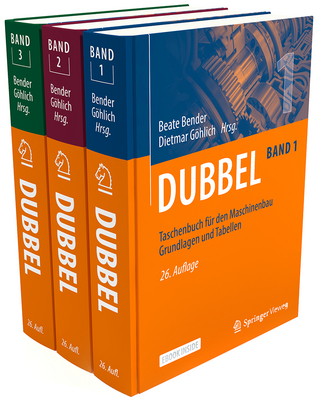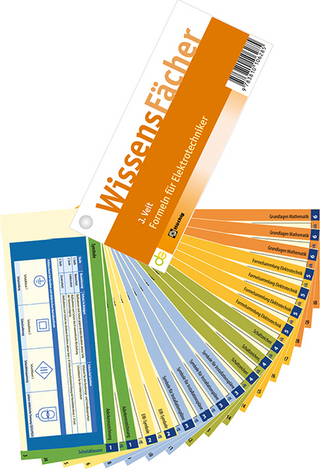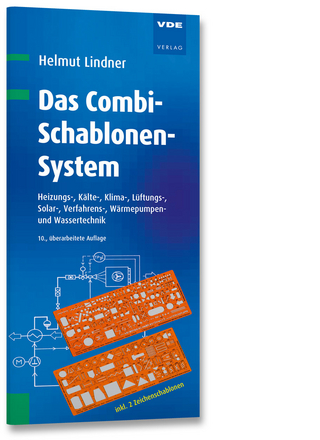
Fundamentals of Instrumentation
Delmar Cengage Learning
978-1-4180-7351-0 (ISBN)
- Titel ist leider vergriffen;
keine Neuauflage - Artikel merken
Using a distinctive blend of theory-based explanations and real-world applications, Fundamentals of Instrumentation, 2E will guide users through the basics of instrumentation - from installation to wiring, process connections, and calibration. The updated edition has improved readability and six new chapters covering the most critical topics in the industry such as loop checking, loop turning, troubleshooting, testing techniques, and more. This excellent learning tool can be used by anyone entering the field, or by a seasoned professional as a valuable reference on-the job. With the help of the book's detailed illustrations, diagrams, and practical examples; users will gain proficiency in mounting, wiring, impulse tubing, and the calibration principles of instrumentation.
Introduction Historical Background Key Elements Summary Review Questions SECTION 1 Chapter 1: Elements of Control and Process Systems Introduction 1.1 Signaling/Sensing 1.2 Controller 1.3 Converter 1.4 Final Control Element 1.5 Process Loops Summary Review Questions Chapter 2: Loop Checking Process Control System 2.1 Loop Checking Process Control Systems Chapter 3: Troubleshooting Process Control Systems 3.1 Troubleshooting Process Control Systems 3.2 New Systems 3.3 Active Process Control Systems Chapter 4: Start Up and Loop Tuning Process Control Systems 4.1 Start Up and Loop Tuning Process Control Systems 4.2 Fundamentals of Control and More 4.3 Seven Steps to a Safe and Quality Start-Up 4.4 Proportional Control 4.5 Six Steps for Loop Gain Measurement 4.6 Cascade Control 4.7 Six Steps for Cascade Loop Tuning 4.8 Two-Position Control 4.9 Proportional Control 4.10 Proportional and Integral Control 4.11 Proportional and Derivative Control 4.12 Proportional, Integral and Derivative Control Chapter 5: Distributed Control Systems Introduction 5.1 Definition of a DCS 5.2 Basic DCS Functions 5.3 Six Generic Functional Profiles for DCS Modules 5.4 I/O Modules 5.5 Local I/O Bus 5.6 Controller Modules 5.7 Communication Modules 5.8 Real-Time Data Highway 5.9 Gateways 5.10 Power Supplies 5.11 User Interfaces 5.12 Computers are the Predominant User Interface Devices Used Today In the Controls Field 5.13 Typical System Layouts 5.14 System Documentation Chapter 6: Fundamentals of Controllers Introduction 6.1 Fundamentals of Controllers 6.2 Automatic Control Concept 6.3 Microprocessor-Based Control 6.4 Field I/O 6.5 Microprocessor Components 6.6 Control Algorithm 6.7 DCS Applications 6.8 Emergency Shutdown (ESD) Systems 6.9 Smart and Peer-to-Peer Control Summary Review Questions Chapter 7: Fundamentals of Control Introduction 7.1 Fundamentals of Control 7.2 Control Systems Identified 7.3 Closed-Loop Control 7.4 Open-Loop Control 7.5 Control Signals 7.6 Two-Position Control 7.7 Differential Gap Control 7.8 Time-Cycle Control 7.9 Throttling Control 7.10 Proportional-Plus_Reset 7.11 Proportional-Derivative 7.12 Proportional-Integral-Derivative Summary Review Questions SECTION II Chapter 8: Instrument Symbols and Identifiers Chapter 9: Fundamentals of Calibration Chapter 10: Fundamentals of Pressure Chapter 11: Fundamentals of Flow Chapter 12: Fundamentals of Liquid Levels Chapter 13: Fundamentals of Temperature Chapter 14: Fundamentals of Pneumatics and Control Valve Actuators Chapter 15: Fundamentals of Analytical pH Measurement Chapter 16: Fundamentals of Smart Instrument Communicators Chapter 17: Fundamentals of Smart Instrument Calibration Chapter 18: Fundamentals of Instrument Installation Chapter 19: Fundamentals of Instrument Maintenance Chapter 20: Fundamentals of Control Valve Maintenance Chapter 21: Fundamentals of Instrument Tubing SECTION III Chapter 22: Project Management Introduction 22.1 Design Standards 22.2 Safety Standards 22.3 Documentation Standards -P&Ids -Data Sheets -Instrument List -Logic Diagrams 22.4 Instrument and Control Projects Chapter 23: Fundamentals of Documentation 23.1 Fundamentals of Documentation 23.2 Engineering Drawings 23.3 Installation Details 23.4 Instrument Index Sheet 23.5 Instrument Specifications Sheet 23.6 Loop Sheet 23.7 Panel Drawings 23.8 Plot Plans 23.9 P&Ids 23.10 Isometric Drawings 23.11 Calibration Data Sheets Summary Review Questions Chapter 24: Fundamentals of Safety in the Process Environment Safety in the Process Environment 24.1 Lockout/Tagout Procedures 24.2 Excavations 24.3 Fall Protection 24.4 Confined Spaces 24.5 Ladder Safety 24.6 Summarizing Safety-Related Work Practices Appendix A-Instrumentation and Controls Symbology Appendix B-NJATC Instrumentation and Process Control Training System Glossary Index
| Erscheint lt. Verlag | 18.4.2008 |
|---|---|
| Verlagsort | Clifton Park |
| Sprache | englisch |
| Maße | 218 x 277 mm |
| Gewicht | 1497 g |
| Themenwelt | Technik ► Elektrotechnik / Energietechnik |
| ISBN-10 | 1-4180-7351-2 / 1418073512 |
| ISBN-13 | 978-1-4180-7351-0 / 9781418073510 |
| Zustand | Neuware |
| Haben Sie eine Frage zum Produkt? |
aus dem Bereich


